ANDY WARHOL (1928-1987)
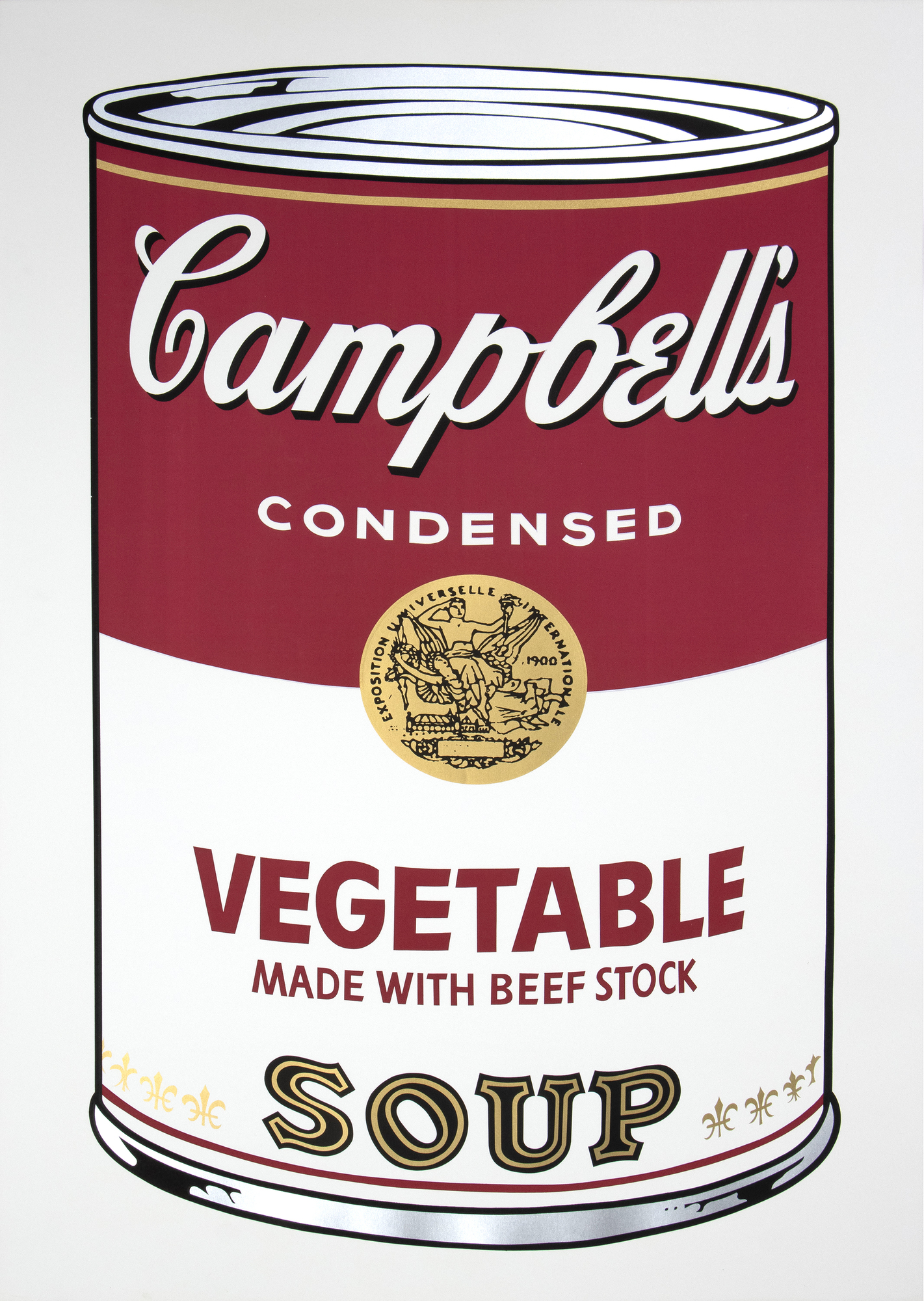
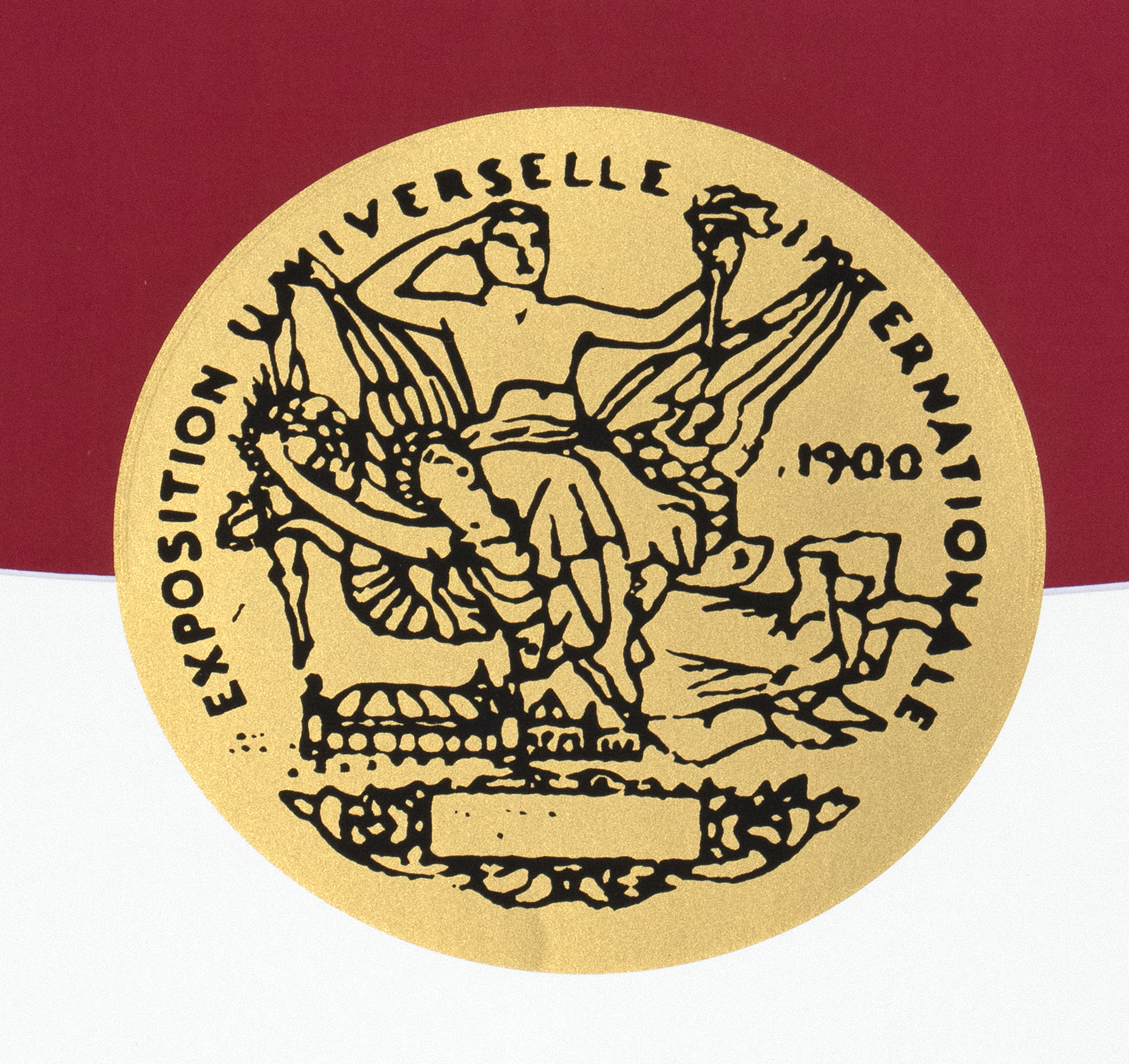
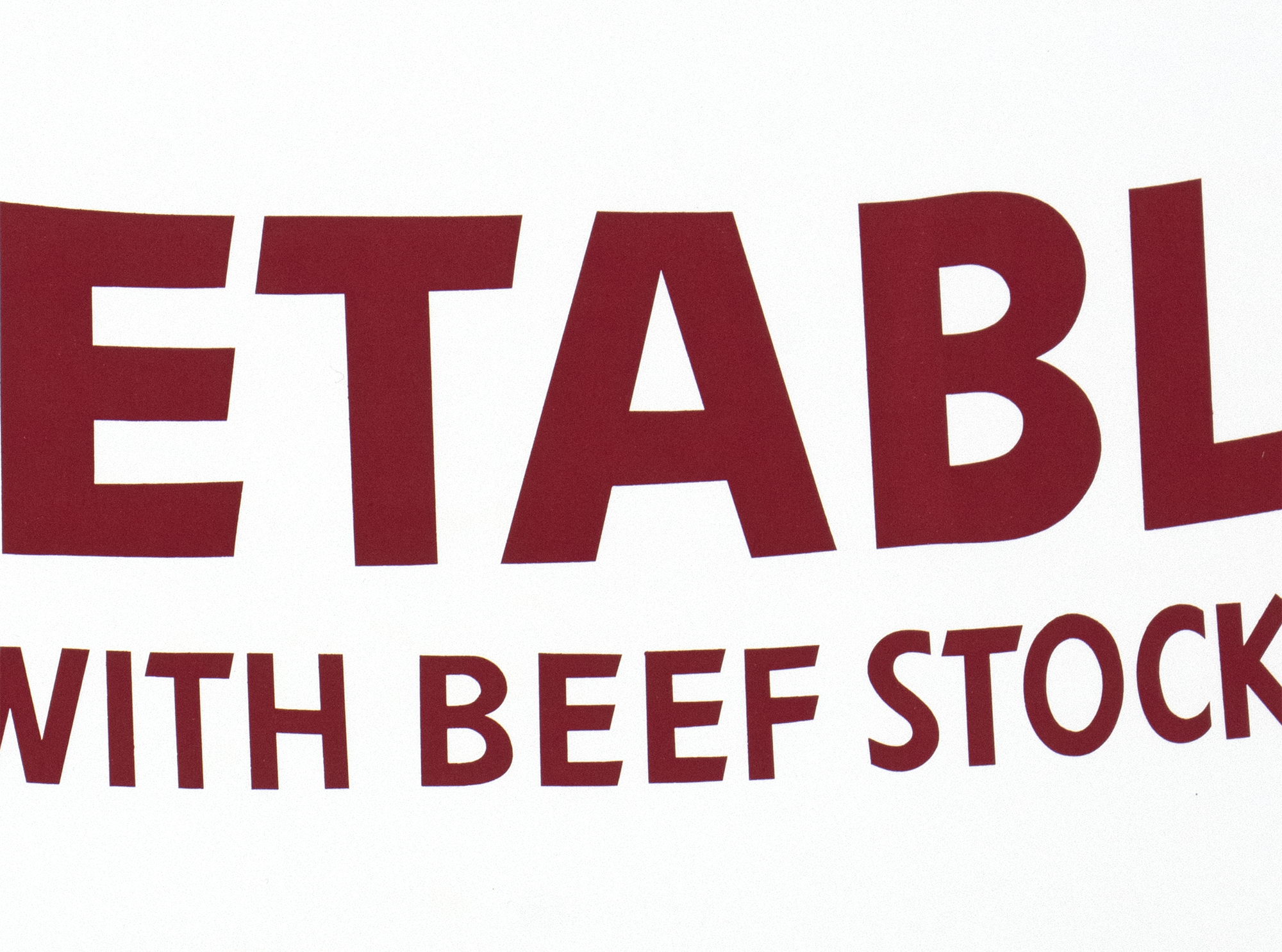
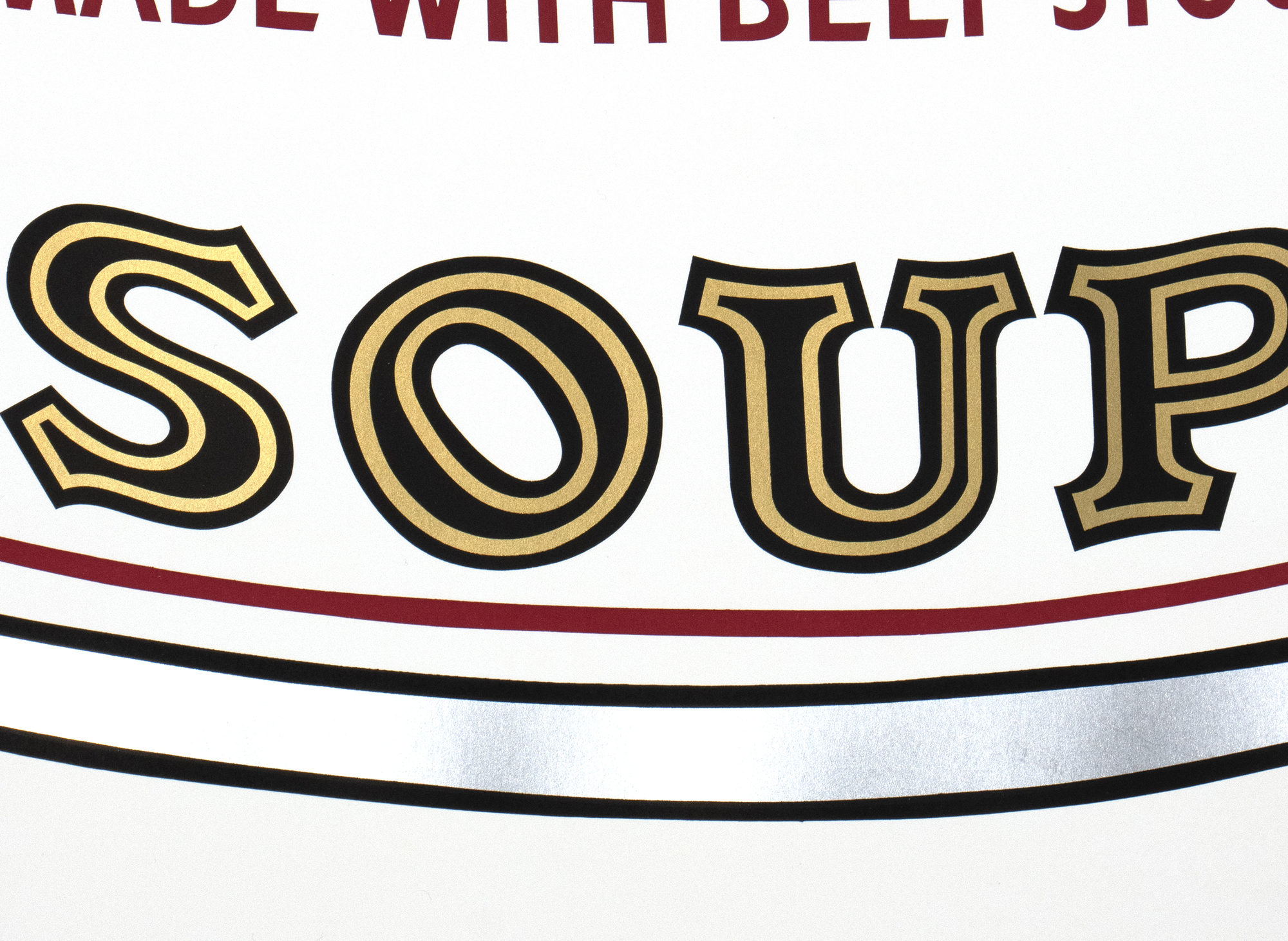
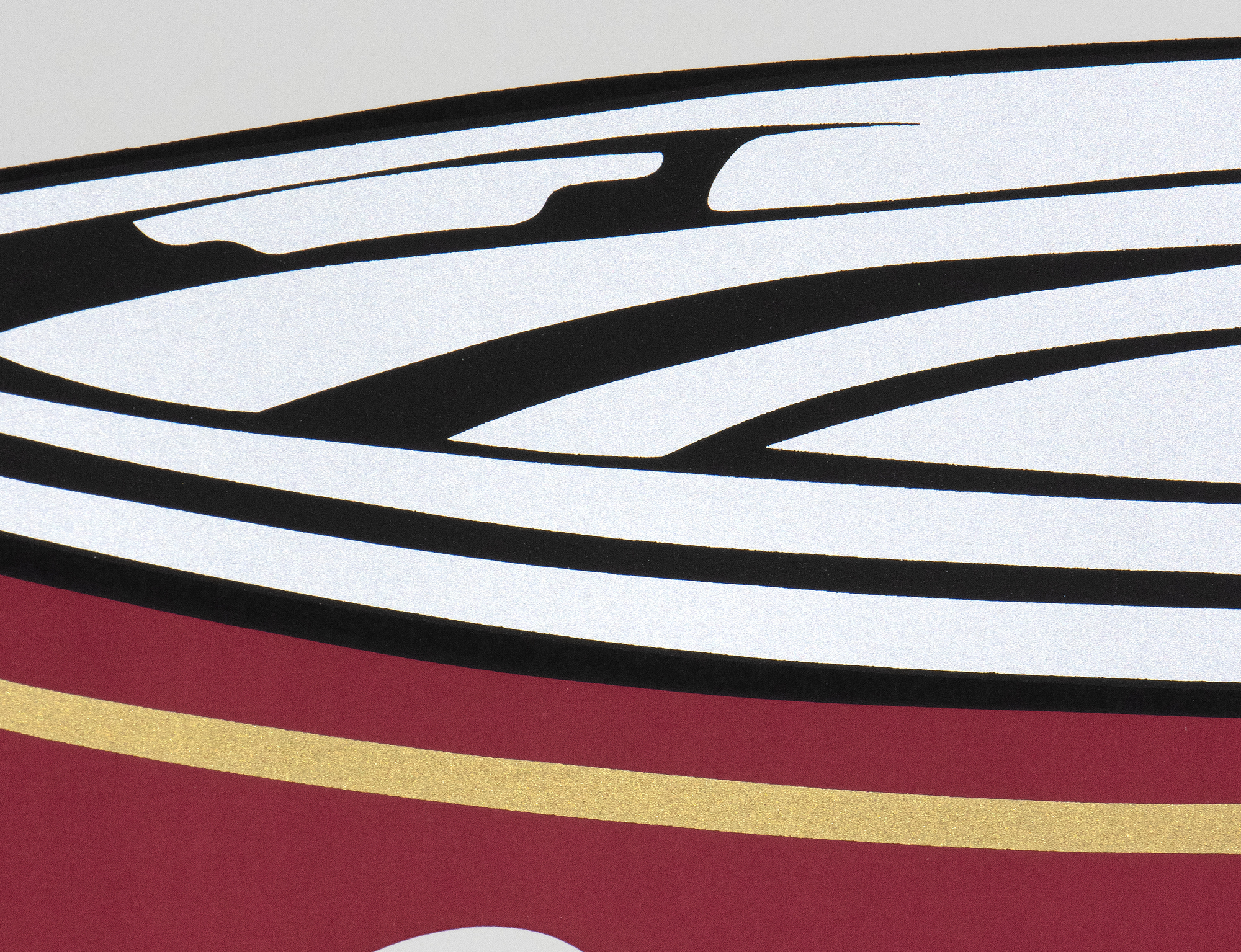
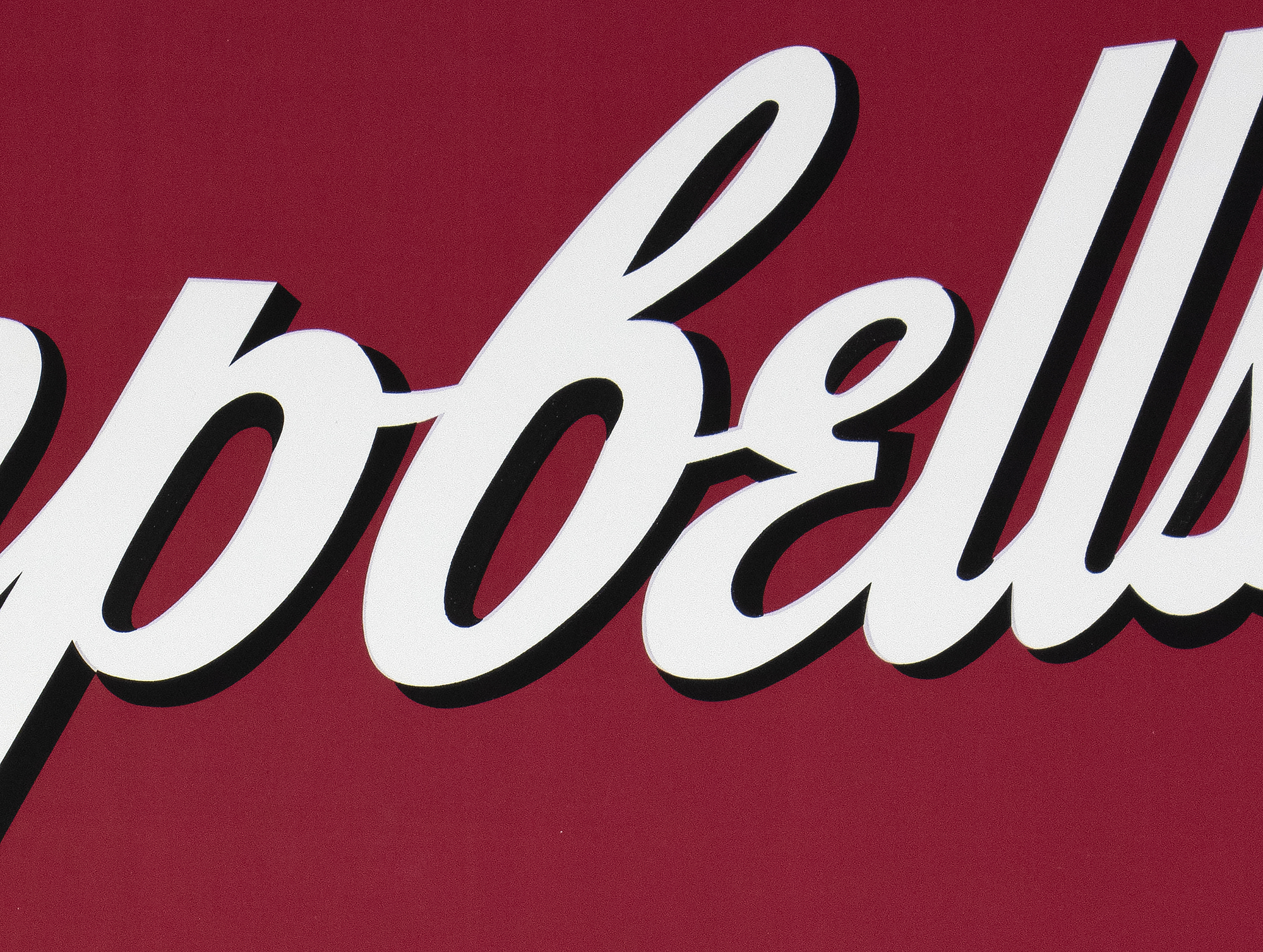
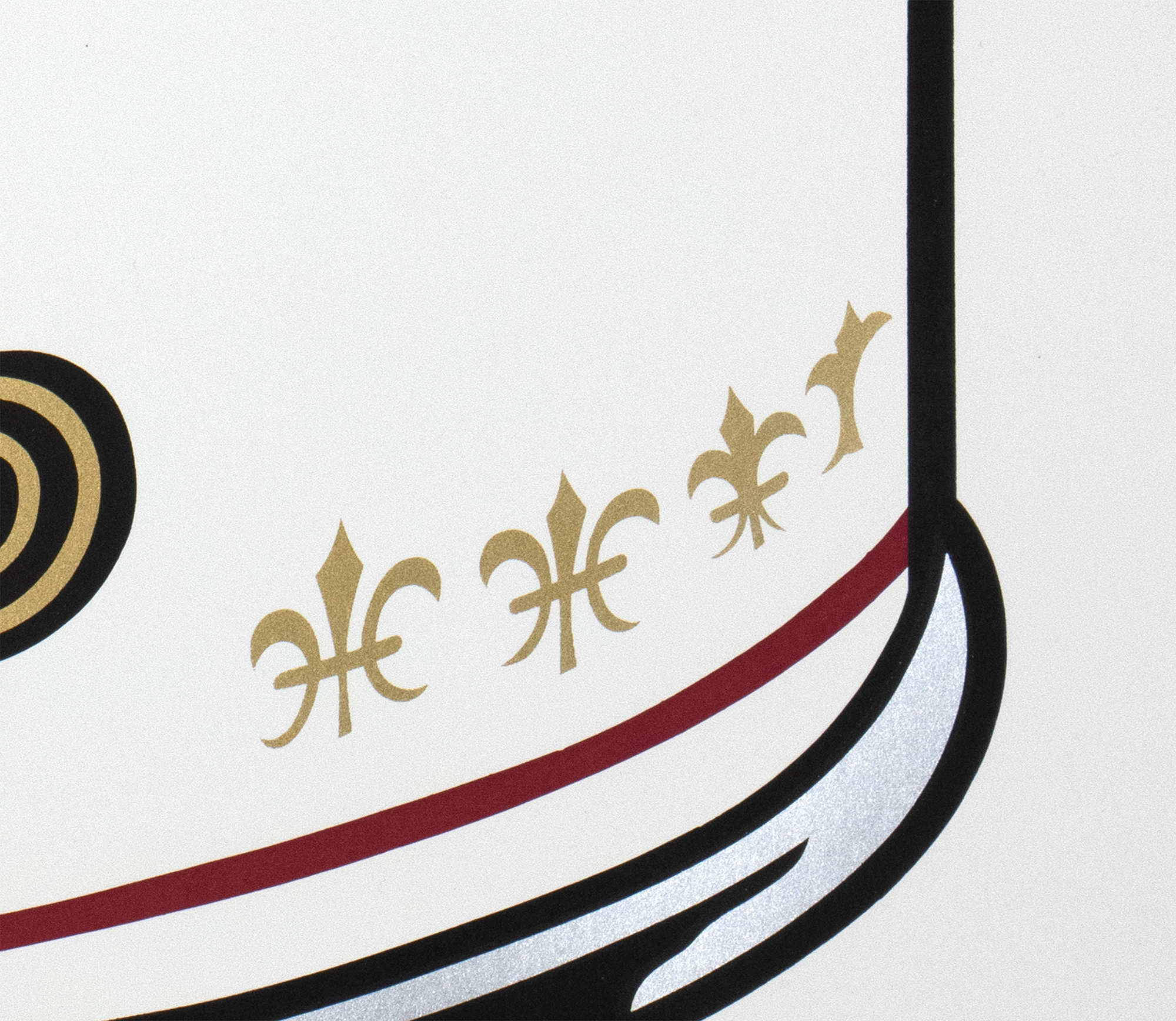
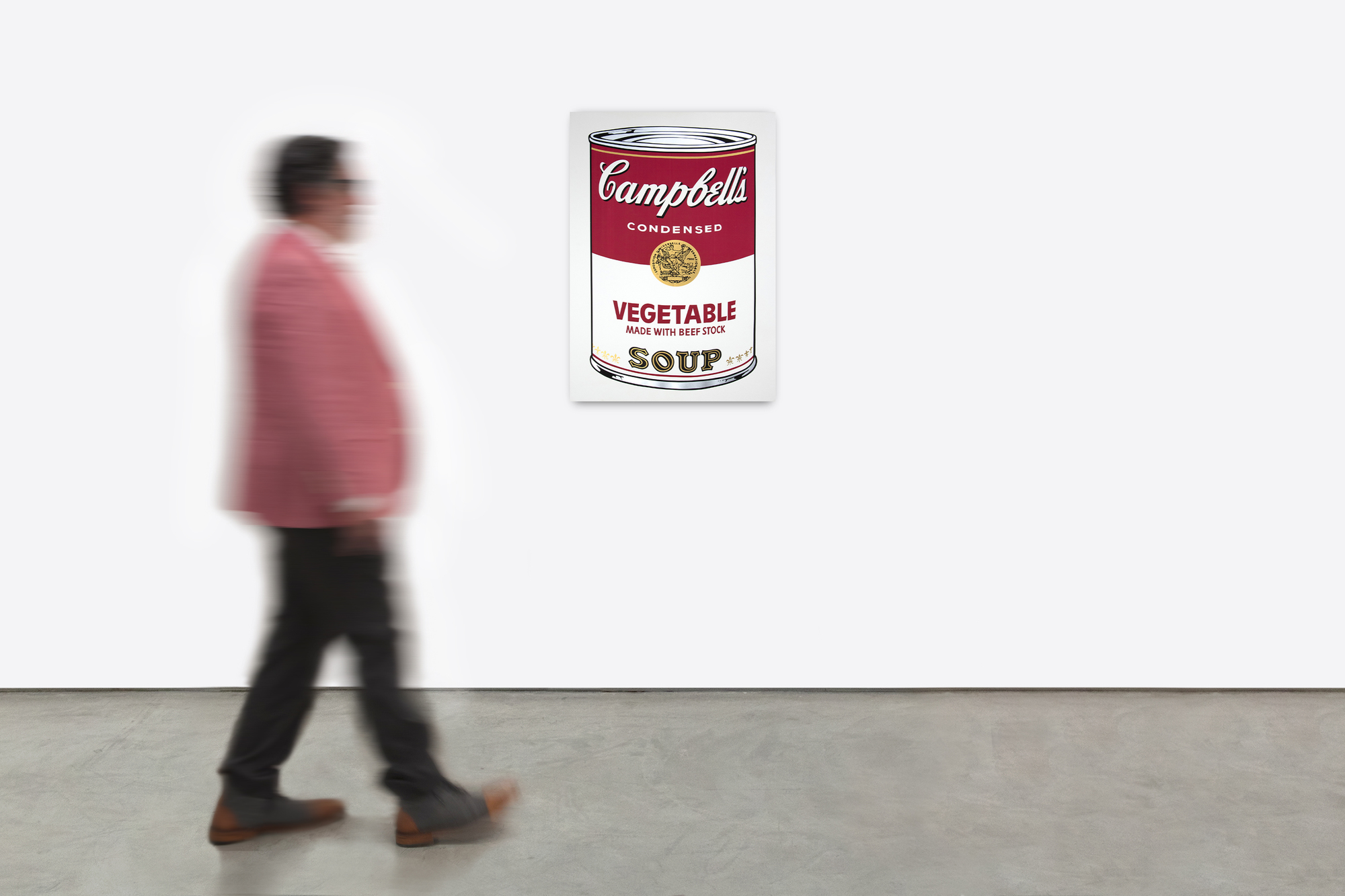
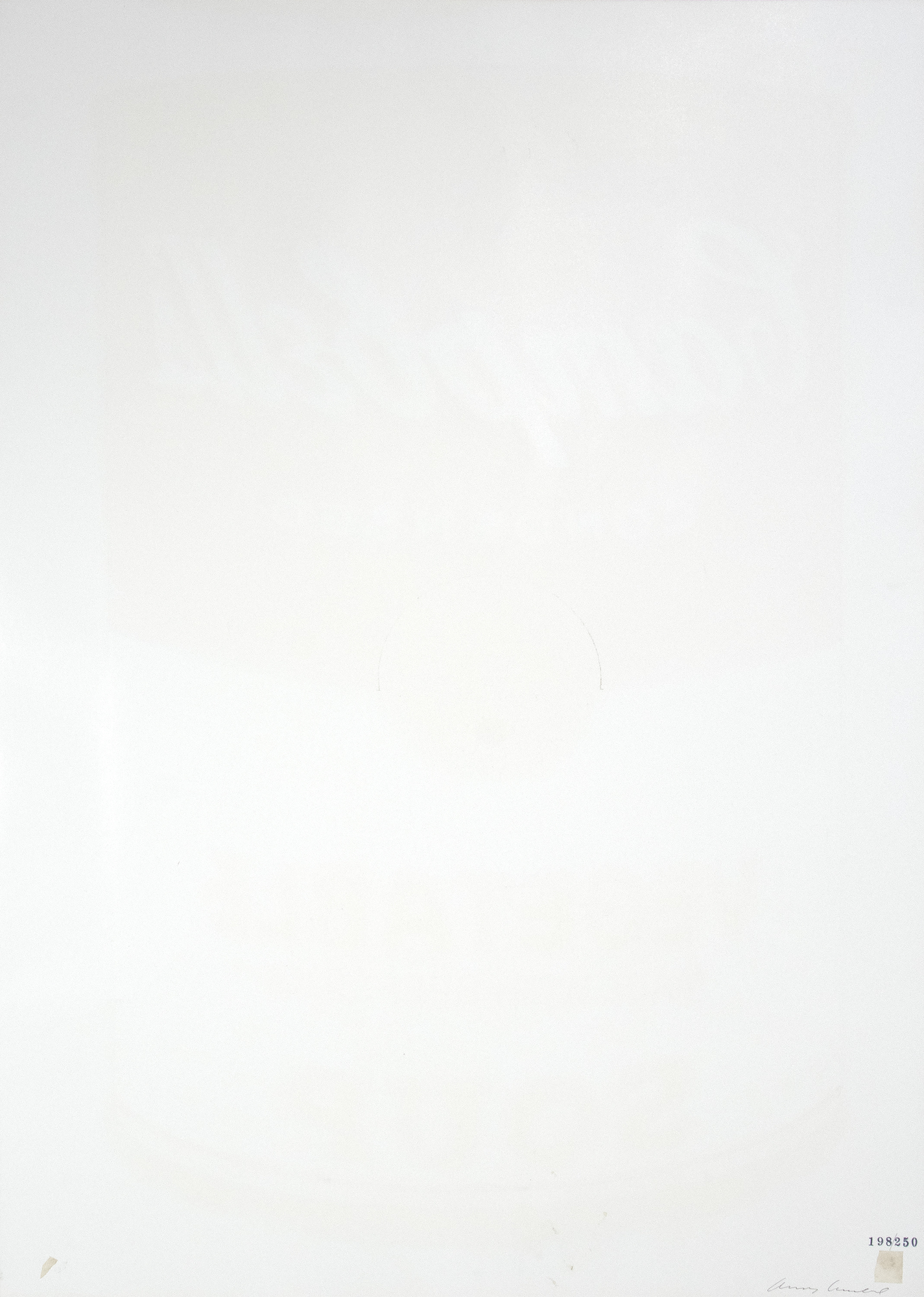
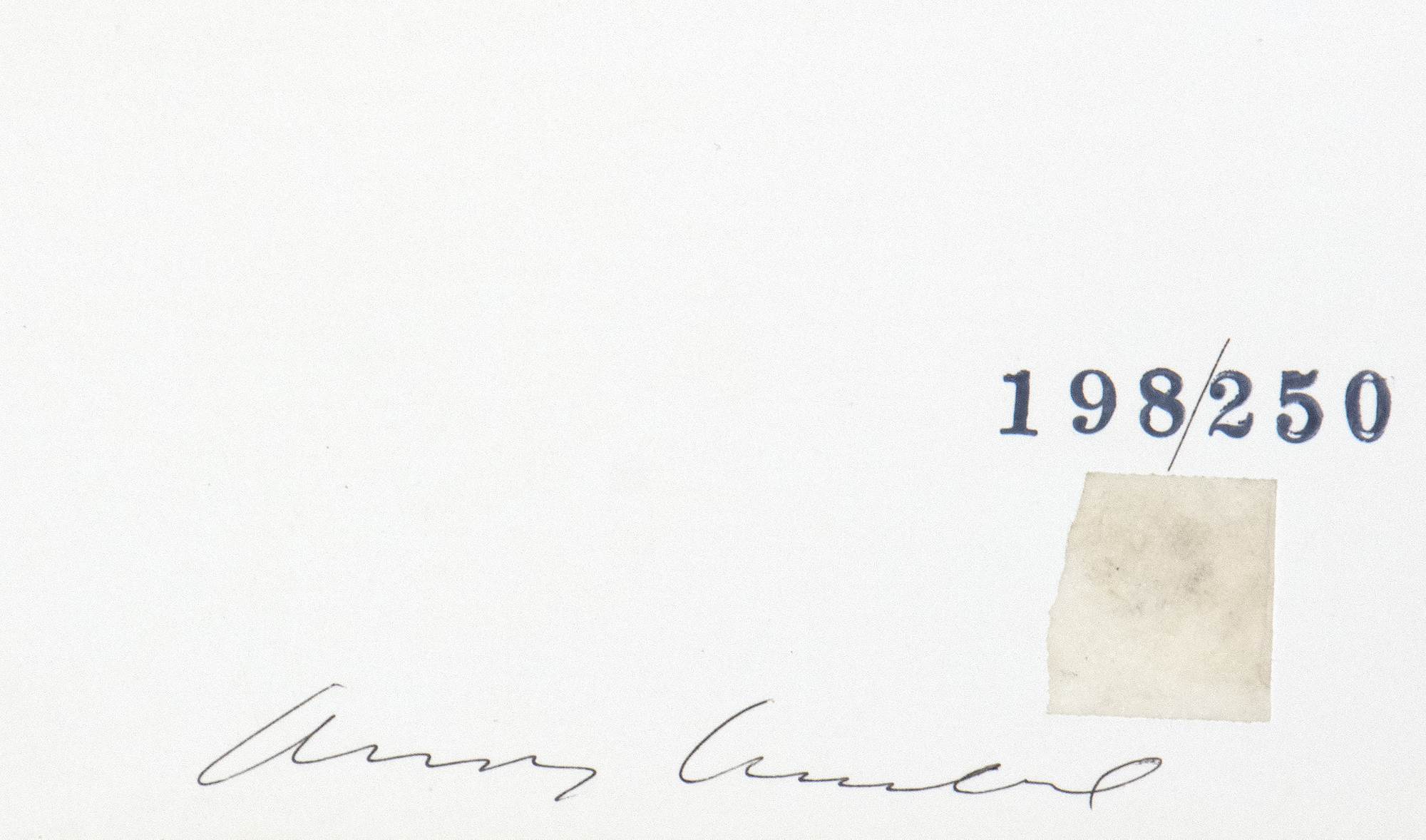
Provenienz
Private SammlungLiteraturhinweise
Feldman, F. & Schellmann, J., 1985, Andy Warhol Prints: a catalogue raisonné, R. Feldman Fine Arts, II.48100,000
Die Geschwindigkeit, mit der die Kunstwelt Warhol aufnahm, war bemerkenswert: Im Juli 1962 wurden seine zweiunddreißig Campbell's Soup Cans Gemälde in der Ferus Gallery in Los Angeles ausgestellt und festigten schnell seinen Ruf. Diese frühen Leinwände, die zu seinen letzten handgemalten Werken gehören, wirkten fast maschinell hergestellt, aber Warhol gab den Pinsel bald zugunsten des Siebdrucks auf, einem kommerziellen Verfahren, das sowohl endlose Wiederholungen als auch auffällige Variationen der von ihm gewählten Motive ermöglichte.
Vegetable Soup war eine der ursprünglich 32 Sorten und ist bis heute ein Phänomen der Popkultur, das immer wieder auf Tellern und Tassen, T-Shirts, Krawatten und sogar Surfbrettern auftaucht. Warhols Verwandlung eines alltäglichen Supermarktartikels in eine dauerhafte Ikone unterstreicht sein Genie, das Gewöhnliche in den Bereich der hohen Kunst zu erheben. Mit seinen klaren Konturen und seiner industriellen Präzision verkörpert Vegetable Soup den radikalsten Beitrag des Künstlers: die Verschmelzung von Konsumkultur und bildender Kunst.


